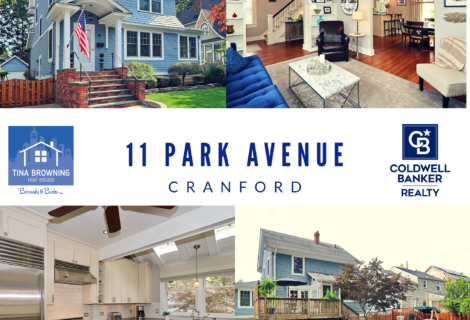Multiple Offers? Buckle Your Seatbelt! What a Multiple Offer Situation Means for the Homebuyer
Here in Cranford, Westfield, Fanwood, and the surrounding areas, the spring market has been brisk so far, to say the least. The combination of continued low interest rates, low inventory, and pent-up demand has resulted in many homes receiving not just one offer, but sometimes multiple offers.
Just this past weekend, I took two different clients to see homes in the area.
- Of the five homes the “Smiths” saw, three were in multiple offers by the end of the weekend. One home had four offers, one had three offers, and the third had four offers.
- Of the three (different) homes the “Wilsons” saw, two were in multiple offers by the end of the weekend. One home had three offers, one home had six offers.
What happens in a multiple offer situation?
If the seller receives multiple offers, one of several scenarios can occur. The sellers can:
1) select the best offer immediately;
2) counter only the offer(s) they like best and ask for final and best offer;
3) counter all offers and ask everyone to come back with their final and best offer.
If you find yourself in a multiple offer situation, what can you do to improve your chances?
Price – make an offer that is sure to grab the sellers’ attention. That means very close to, at, or even above asking price. In multiple offer situations, your initial offer price is the “ticket to the dance” as the saying goes. If it isn’t high enough, your offer may not be countered for a second round. Your real estate agent should work closely with you to determine an aggressive but fair price, supported by the market data for the area. Just as important, you and your real estate agent should always be mindful of your “comfort zone” – a price you can comfortably afford. After all, you don’t want to have the winning offer but then end up house-poor.
Contingencies – the less hassle the better for the sellers. Sometimes you can’t avoid a contingency, particularly if you must sell your current home in order to buy. But if you’re a renter with no such constraints, that will put you in an excellent bargaining position. It is not recommended that you remove a home inspection contingency however, as this may set you up for headaches later on (if you’re buying with the intent to tear down or do significant renovation, this may not apply)
Closing Date – again, flexibility is key. If there is any way you can meet the sellers’ preferred closing date, do it! It may make the difference between getting the house or not.
Financial Picture – Sellers want to be assured that the buyer they’ve selected is financially able to buy their house! That means:
Getting Pre-Approved for a Mortgage – if your bank has already pre-approved you based on examination of your credit score, tax returns, pay stubs, and other financial records, it indicates to the seller you’re a good bet. (for a further discussion of this see my last blog post: http://bit.ly/1za1wyZ)
Putting 20% or more down – or for those very well-heeled buyers, paying cash. Many sellers feel that the more money the buyer is putting toward the home means a bigger commitment to closing on their home. In addition, the more cash the buyer has in hand, the less chance that a mortgage approval or appraisal will throw a bump in the road to closing.
Putting More Down for Earnest Money – Again, this demonstrates the buyer’s commitment and is also a good indicator of the buyer’s financial strength.
Of course, this is just a general overview and the particulars of any situation can vary. The best person to give you advice on your particular situation is your real estate agent!
Have you ever been involved in a multiple offer situation? What was your experience? Add a comment and let us know!








